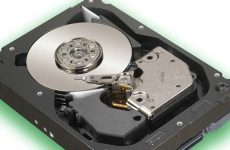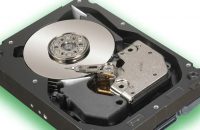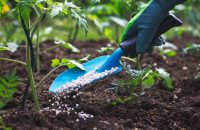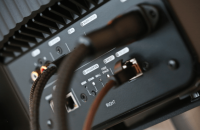There are many ways to apply fertilizers to crops, and the most effective way depends on the type of fertilizer, the crop, and the soil. In general, there are three main methods of fertilizer application: broadcast seeding, banding, and injection. Each method has its own advantages and disadvantages that should be considered when choosing a method.
Different methods of fertilizers application: which one is right for you?
This is a continuation of the previous article on fertilizers. Here, we will discuss the methods of applying fertilizers to crops.
There are three primary methods of applying fertilizer: broadcast, band, and drip.
Each method has its own advantages and disadvantages, considering when choosing the best method for your farm.
Broadcast Application:
- Advantages: Easy to apply; can be done with simple equipment; covers large areas quickly.
- Disadvantages: Can be wasteful if not applied correctly; can cause damage to sensitive plants; difficult to target specific areas.
Band Application:
- Advantages: More efficient than broadcast application; can be targeted to specific areas; less likely to damage sensitive plants.
- Disadvantages: Requires more sophisticated equipment; takes more time to apply; difficult to cover large areas.
Drip Application:
- Advantages: Highly efficient; can be targeted to specific plants; minimizes potential for damage to sensitive plants.
- Disadvantages: Requires specialized equipment and training; expensive; time-consuming to set up
The best method of fertilizer application will vary depending on the specific needs of your farm. Talk to your local extension agent or agricultural advisor to determine which method is best for you.
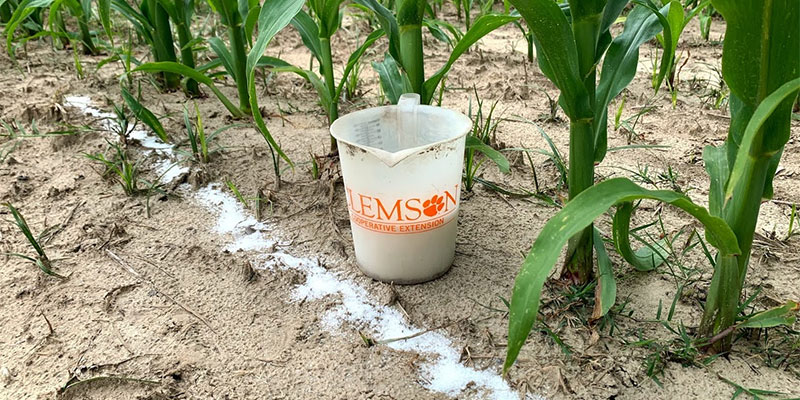
A farmer’s guide to spreading fertilizer by hand
Fertilizer is an important part of any farm operation, and there are a variety of ways to spread it. One popular method is by hand, and there are a few things to keep in mind when doing so.
The first thing to consider is the type of fertilizer you’re using. Some fertilizers are more granular than others, which can affect how easily they spread. If you’re using fertilizer on the finer side, it’s important to be extra careful when spreading it so that you don’t end up with clumps.
Another thing to think about is how you’re spreading the fertilizer. Again, it’s important to be consistent so that your plants get an even amount of nutrients. If you’re spreading by hand, it can be helpful to use a measuring cup or some other device to ensure that you’re applying the fertilizer at the correct rate.
Finally, it’s also important to consider wind speed and direction when spreading fertilizer by hand. If it’s windy, you’ll need to be extra careful so that the fertilizer doesn’t blow away before it has a chance to land on your plants.
With little practice, spreading fertilizer by hand can be a quick and easy way to give your plants the nutrients they need. Just keep these tips in mind and take your time to get the best results.


